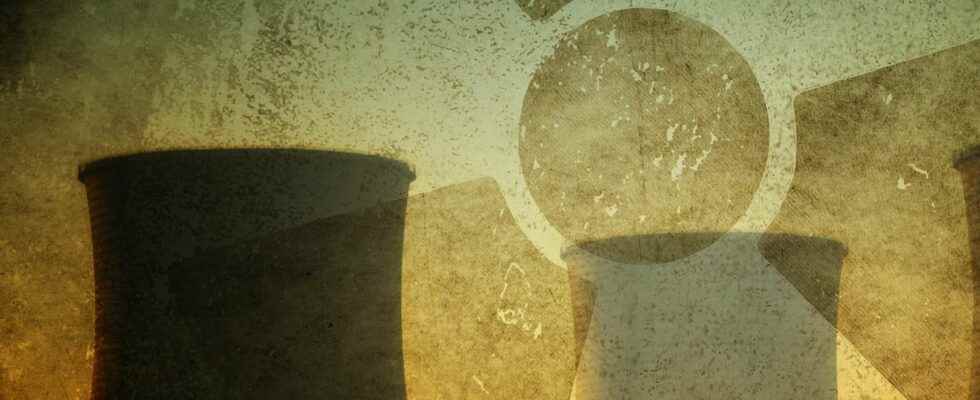The government had announced it in 2021, but this time the plan to reject contaminated waters of Fukushima has just been approved by the Japanese nuclear safety authority. These waters correspond to all the water that was needed to cool three of the reactors whose core had gone into meltdown during theaccident which took place at the nuclear plant of Fukushima Daiichi on March 11, 2011: groundwater, injections ofpure water or seawater or even rainwater. In total, this represents 1.3 million tonnes, currently stored in gigantic reservoirs all around the plant.
Tepco, the Japanese electricity producer, plans to filter contaminated water to remove harmful isotopes with the exception of tritium, which is more difficult to remove. This isotope of water will still be diluted before being released little by little into the Pacific Ocean. Much of the water has already been mostly decontaminated, in particular thanks to the removal of radioactive cesium.
Treated water meets national standards, except for tritium
Supervised by the International Agency forenergy (IAEA), the discharge will be spread over four decades, making it possible to limit the concentration of tritium in the waters near the plant. According to the IAEA, this project will be “in full compliance with international standards” and won’t cause “no damage to the environment”. He will start in 2023 After the construction of a conduit submarine a kilometer long that will bring the contaminated water directly away from the coast. An operation that is becoming urgent, while nearly 140 cubic meters of contaminated water are produced every day on the site.
Despite everything, the decision to evacuate these waters by sea remains critical, not only by Japan’s direct neighbors, China and South Korea, but also by local fishermen who fear a drop in their sales. The decision to go through this route had been privileged, rather than by theevaporation in the airbecause it is already practiced during normal conditions operation of power plants, on a smaller scale.
How the waters from Fukushima will spill into the Pacific Ocean
Article of Nathalie Mayer published on 02/12/2021
The Japanese government has confirmed this. Within two years, it will begin to discharge more than one million cubic meters of contaminated water from the Fukushima nuclear power plant. The operation should be spread over several decades. Researchers show how the pollutants contained in this water will disperse in the Pacific Ocean.
In March 2011, three reactors at the Fukushima nuclear power plant went into meltdown. To cool them, only one solution, flood them with water. No less than 200 cubic meters of water per day! Contaminated water that has since been stored in cisterns. And that the Japanese are about to dump into the Pacific Ocean. To get an idea of the impact the operation could have on marine life, but also on the human healthof the Tsinghua University researchers (China) simulated the process of diffusion radioactive elements in the waters.
The study shows that after 120 days, the pollutants contained in these water from the Fukushima nuclear power plant (tritium, in particular, say the officials) will have already dispersed over 30° of latitude and 40° from longitude. After 1,200 days, they will reach the coast of the United States and that of Australia. Covering the entire North Pacific. Then they will enter the South Pacific. And the Indian Ocean after 2,400 days. The entire Pacific Ocean can be affected within 3,600 days.
More tritium in the United States than in Asia
The researchers also note that at a given point, the pollutant concentrations tend to increase rapidly, then to stabilize for a long time. At a level that does not necessarily depend on the distance that separates this point from Fukushima. Thus, pollution on the side of Shanghai (China) should, for example, stabilize at a higher level than that of San Diego (United States).
The phenomenon is explained by the configuration of the ocean currents close to Japan. The city of Fukushima, in fact, is located at the confluence of the current of Kuroshioto the north, and from the current ofOyashio, to the south. In fact, most pollutants do not migrate north or south along the coasts, but rather spread eastward. Thus, after a certain time after discharge of the treated water, the concentration ofradioactive elements near North America could become a concern.
Interested in what you just read?
